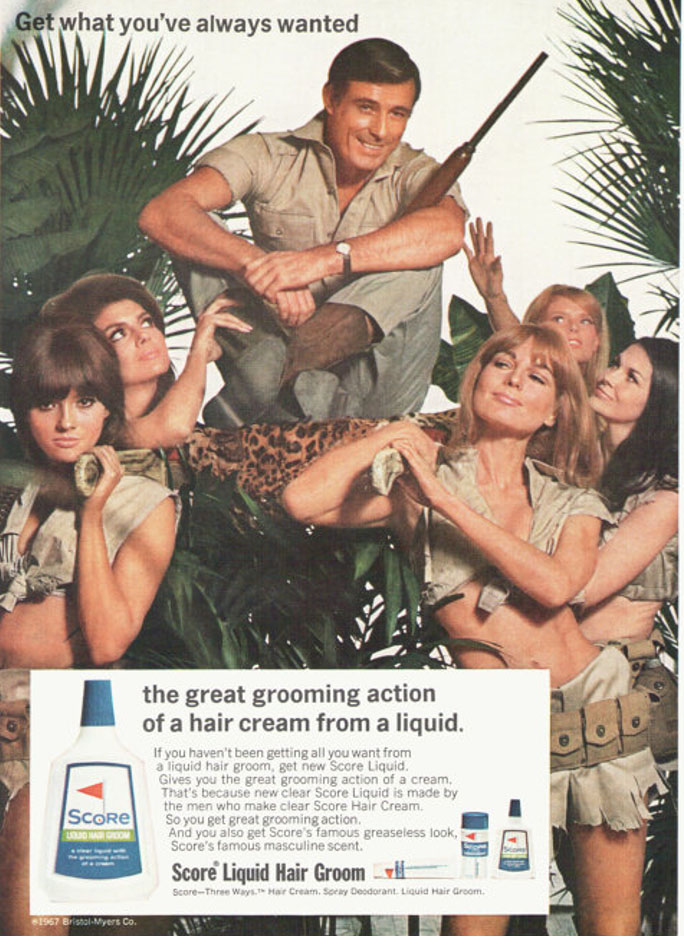
By using a male make-up artist as the face of their product, Maybelline made national news for breaking the gender stereotypes present in beauty and cosmetics. This sort of radical representation is undoubtedly a positive, however, I seriously doubt Maybelline did this purely for the sake of representation. It was likely also a marketing strategy used to make headlines and raise awareness for their product. Plus, by teaming up with influencers, Maybelline is appealing to a younger audience who are active on social media. The hashtag used in the advert reinforces this strategy.
The advert is also sneaky in the way that it uses sound design and special effects to grab the viewers attention. The product is only £4, however, in this advert is treated as a luxury. The colour gold also symbolises luxury and riches, and the city of New York (where the ad is set) is a city associated with wealth and success. The mantra of the product seems to be ‘you can feel like a boss’ no matter what your budget is. Also, the advert is extremely camp and cheesy, which (despite being difficult to watch at first) actually makes the advert more memorable to viewers.
Glamour magazine- ” His inclusion in a nationwide ad especially hits home following the Internet backlash that went down this week over ASOS’ choker necklaces for men. (As writer David Yi over at Allure put it, the backlash “promotes the dangerous sentiment that men are supposed to adhere to hypermasculine culture.”) As we continue to celebrate beauty as a way for women to express themselves, it’s equally important that men have the same right—whether that’s getting the peace of mind of being able to dab a zit with concealer or the freedom to wear a full face and falsies. “
The advert is also reverse in its representation of race. A black woman called Shayla is also used in the advert, and she states that she wants to bring ‘shade inclusivity’ to the cosmetics industry, through the use of radical representation.






